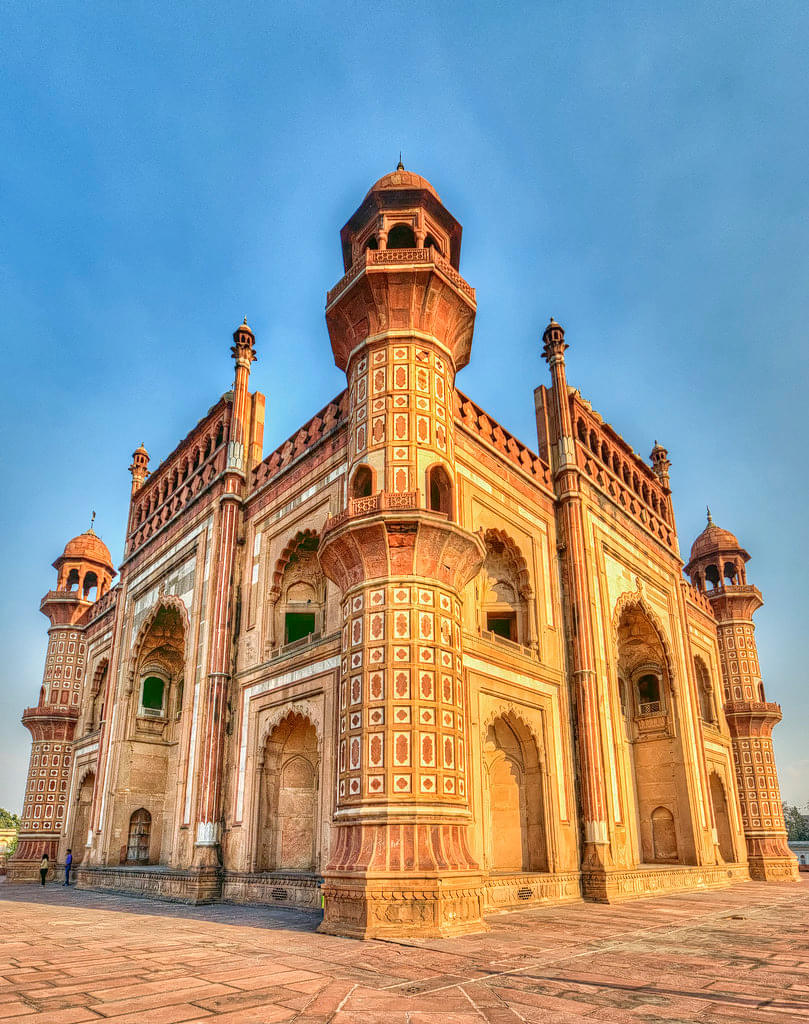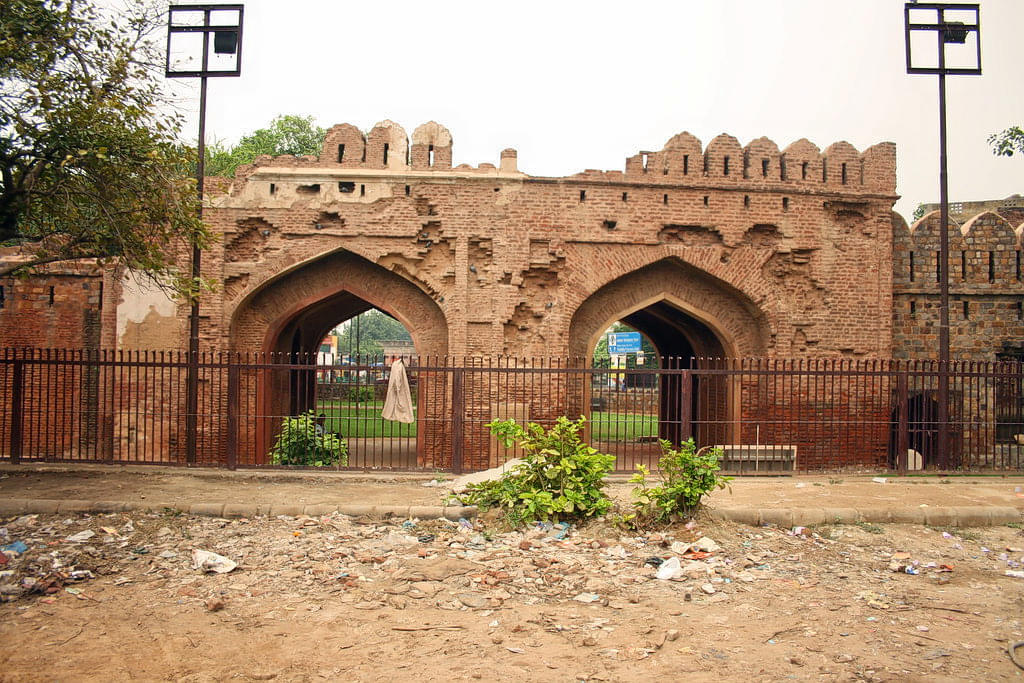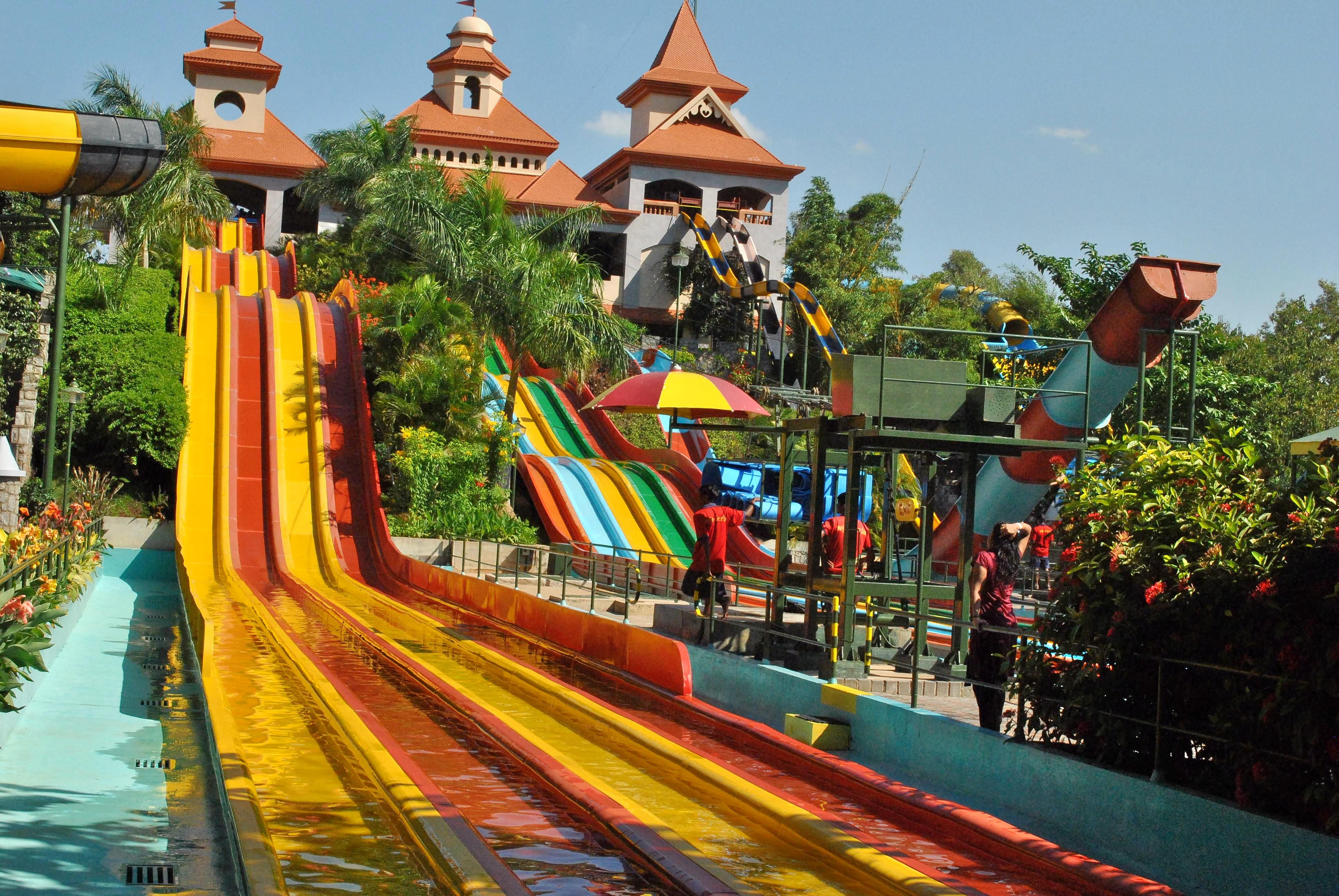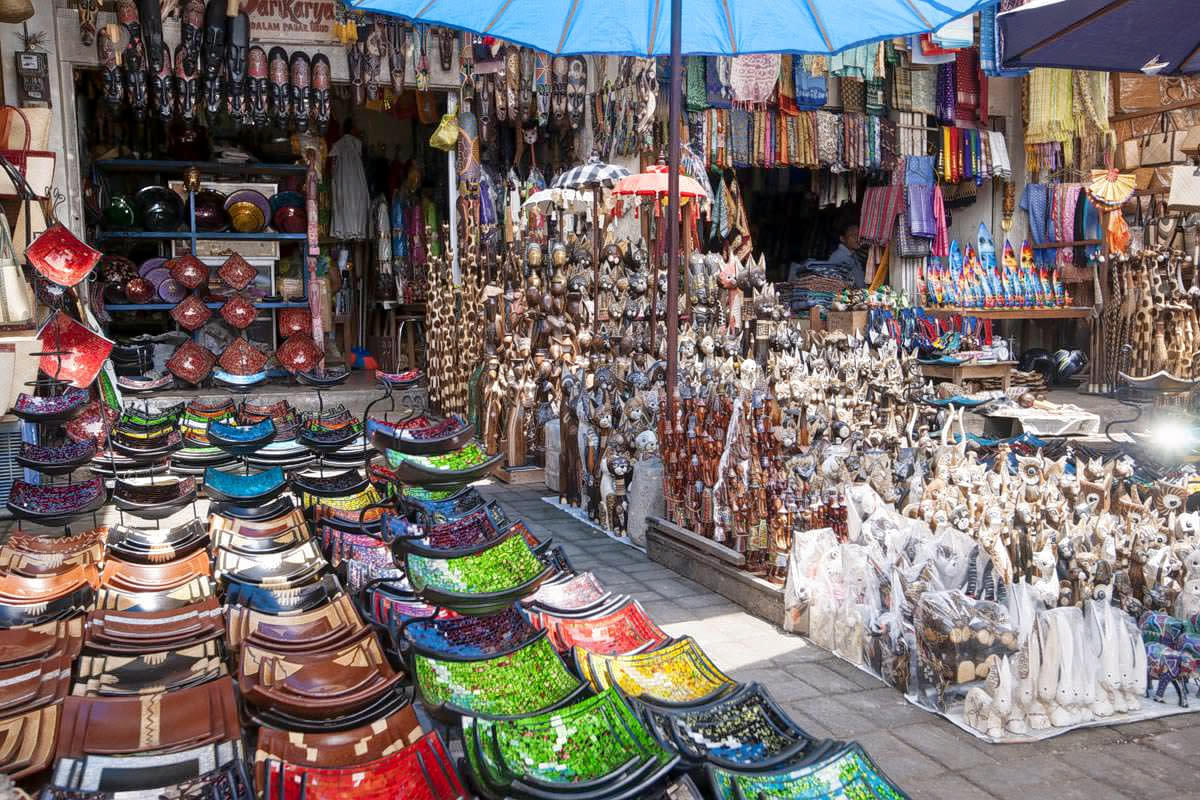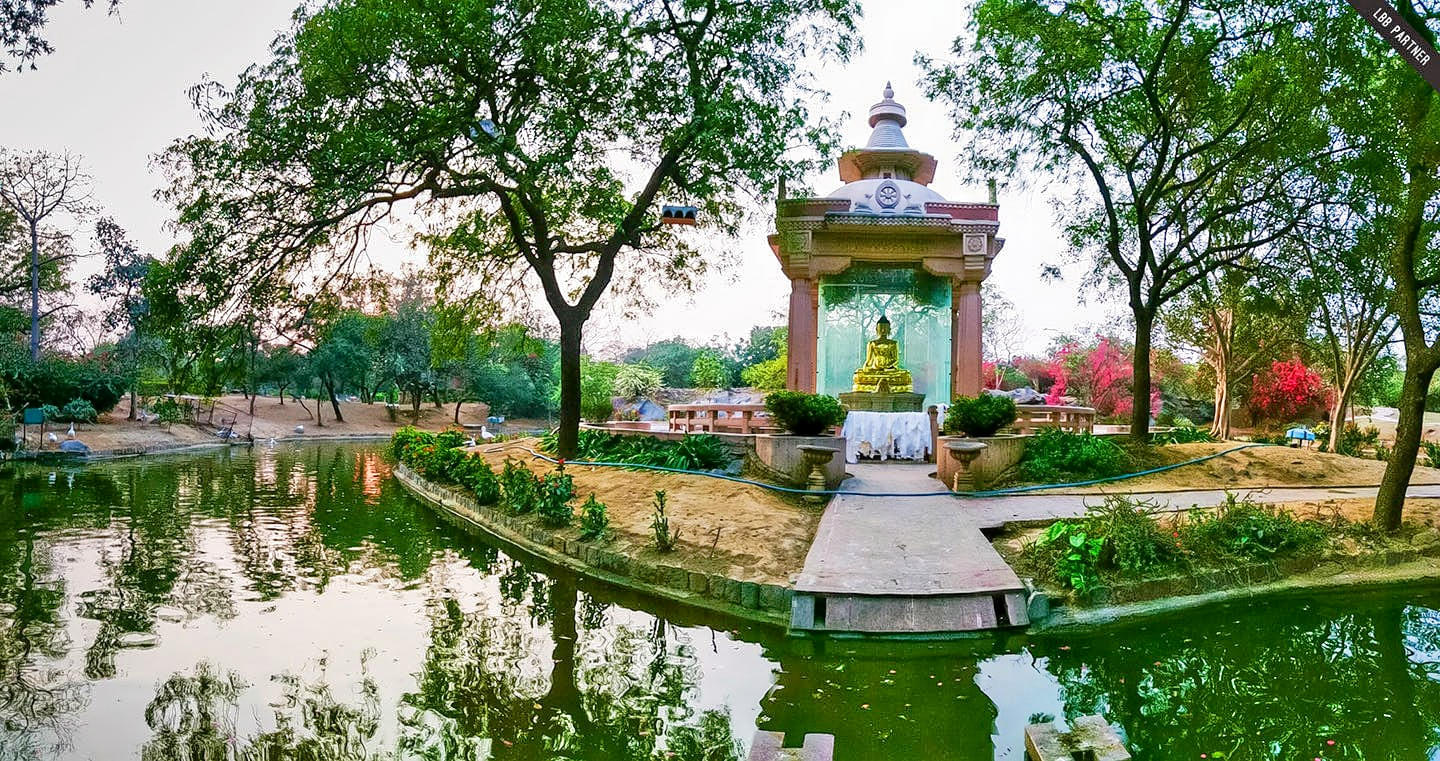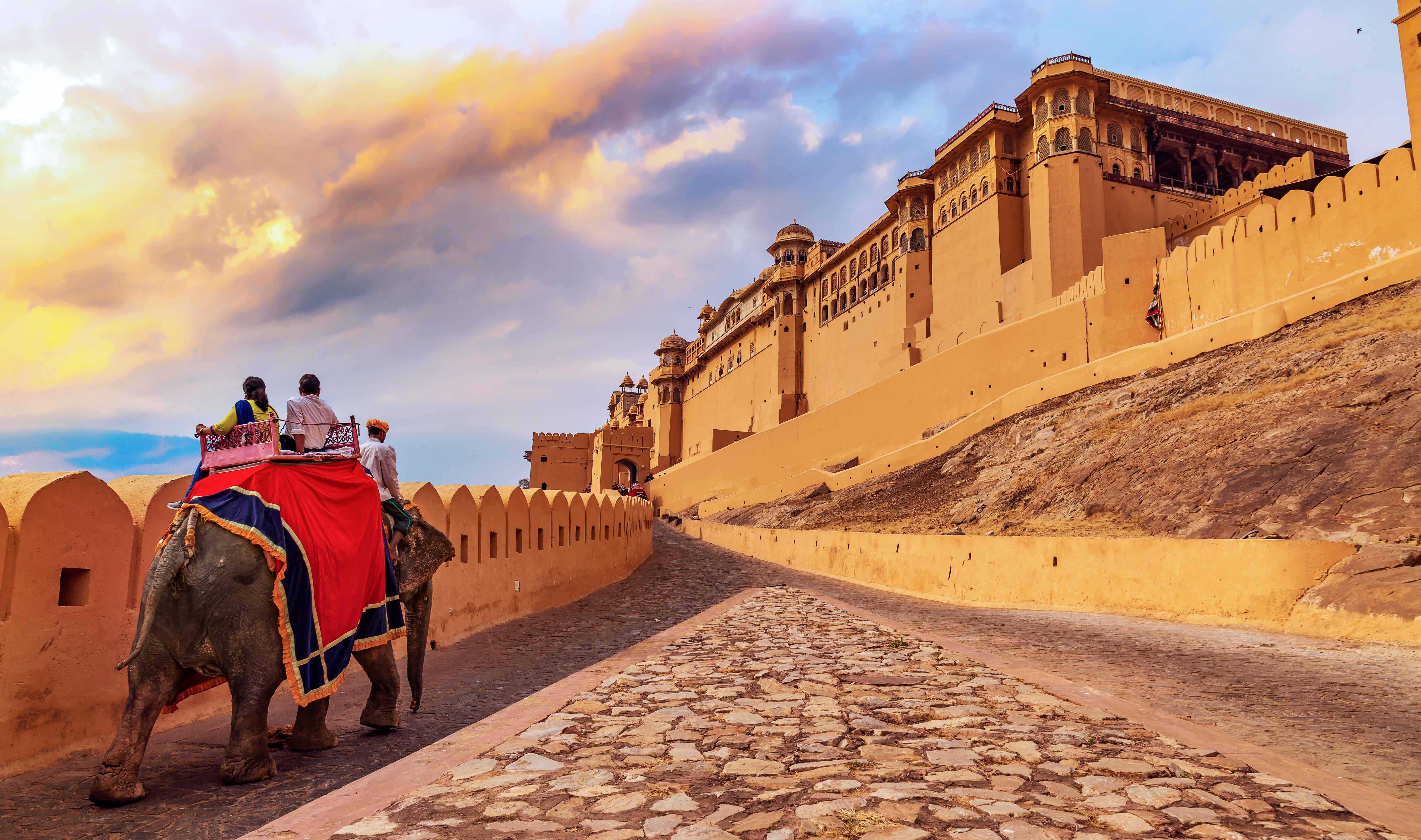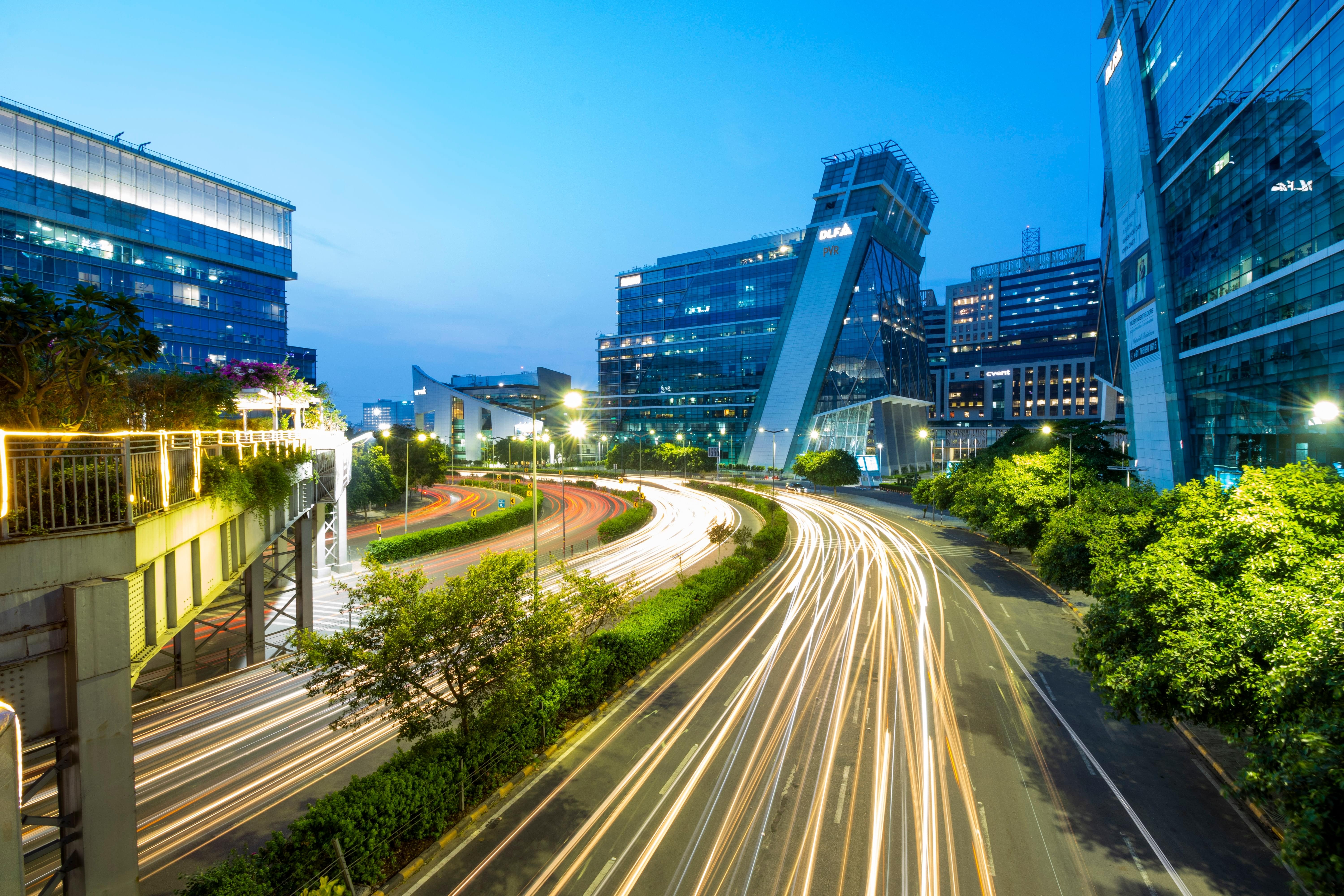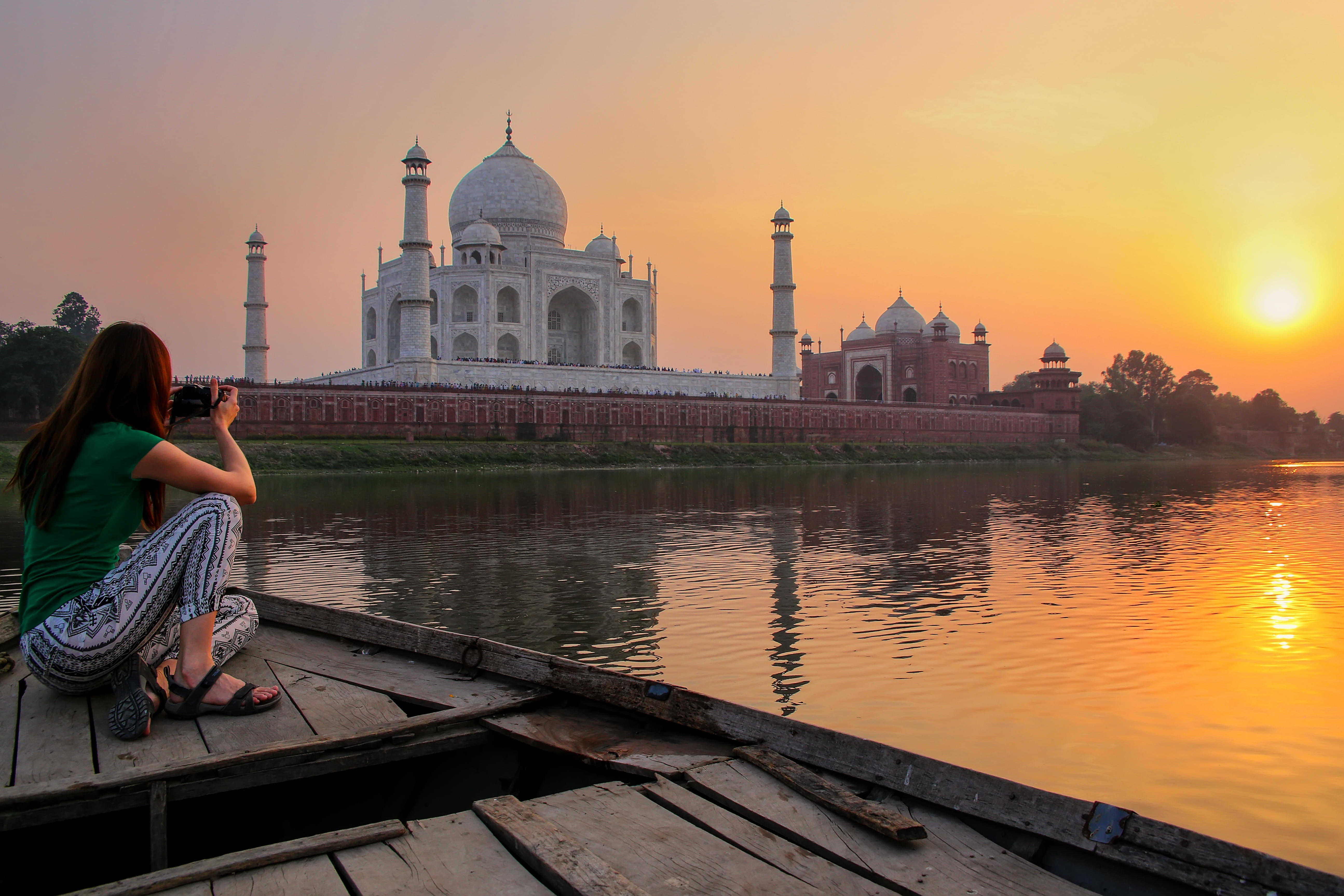About Safdarjung's Tomb
The glory of the capital city of Delhi lies in all the ancient artechtual elegance it carries and Safdarjung's Tomb is among them. Paired with sandstone and marble, the tomb carries a rich history of India underneath its grand walls. Constructed in 1754 the tomb is memorabilia for the Mugal Empire.
It was Mughal ruler of that time, Ahmad Shah Bahadur who dedicated the tomb to his court's prime minister, Safdarjung. Found right in the epicenter of the city, the tomb is acknowledged by tourists as a place to unwind and relish the rich architecture.
The place has a garden and a mausoleum too. The tomb and the mausoleum are also remembered very rich in history as they are one of the last structures built under the Mugal Empire; the downfall of Mughals had already begun towards the beginning of the 1700s, with the death of Aurangzeb.
The garden homes a madrasa and a library among other amenities and is managed by the Archaeological Survey of India. The tomb is a must-visit for anyone from the history buff to someone who would like to lean deeper into affluent past India has had.
People can also enjoy morning walks and even a good read at the garden and library respectively. Visitors can also appreciate a mesmerizing sunset from the place. Standing amidst the busy city yet providing an atmosphere of sheer peacefulness, the wonderful Safdarjung's Tomb is open from dusk till dawn.
How To Reach Safdarjung's Tomb
From Airport?
The best way to reach Safdarjung's Tomb from Indira Gandhi International Airport is by the metro. Visitors can get on the metro from the airport metro and get down at Jor Bagh from where the tomb is at a walking distance.
If not metro, visitors can also take a rickshaw/auto that will drop them directly to the grand gates of the tomb. This can take up to 30 minutes. Bus service is also available and visitors can take tickets for Jor Bagh bus stop from the airport.
Best Time To Visit Safdarjung's Tomb
The best time to visit the glorious Safdaejung is between the months of October and December. The place is a garden tomb and to explore the entire complex tourists would need to study both, the garden as well as the tomb which can take some time.
Hence, during these months when the temperature is calm and soothing and the humidity levels are much lower, visitors can enjoy the tomb. During the day, tourists should preferably visit the place early in the morning or towards late afternoon.
Safdarjung's Tomb Other Essential Information
Location: Safdarjung's Tomb, Air Force Golf Course, Delhi Race Club, New Delhi, Delhi 110021
Timings: 7:00 AM - 5:00 PM every day.History of Safdarjung's Tomb
Safdarjung Ka Maqbara popularly known as Safdarjung's Tomb was built in 1754 by the ruler of the Mughal empire of the time, Ahmad Shah Bahadur. The ruler devoted the constructed of the tomb to the prime minister of his court, formally known as Wazir ul-Hindustan, Safdarjung.
The garden tomb also holds a mausoleum that was built by the son of Safdarjung, Ahmad Shah Bahadur and the mausoleum is said to have been one of the last construction by Mugal's as they soon began to fall from their power.
Safdarjung himself was a Persian who came to India in 1722 AD. In 1739, he was able to become the surbahar of Oudh and a key member of the state. Soon he moved to Delhi where he was made 'Minister of Hindustan' and served as the same for a short span of 4 years between 1750 and 1754 and passed away in the same year.
It was then when his son pleaded to the emperor for a mausoleum to be constructed and devoted to his father. It was soon granted and thus the mausoleum was brought together. The place holds a high significance in the history of India and the Mughal Empire as it's the last giant garden tomb made during the Mughal empire.
The Architecture of Safdarjung's Tomb
The Safdarjung's tomb was made in parallel with the greatest tomb of Humanyu's. The tomb is surrounded by an enormous courtyard garden running for 280 meters per side. Apart from the garden the enormous garden tomb also holds a mosque with three domes.
The entire building is carved out of yellow/brown colored sandstone and uses various pieces from another mausoleum of Abdul Rahim Khankhana. The entrance to the tomb is massive and a view from here vividly captures the entire structure. Furthermore, there are also a number of rooms one of which is a library, managed by the Archeological Survey Department.
The tomb also holds a number of inscriptions and carvings written in the Arabic language which has been translated by many historians. A variety of chhatris, chambers, and kiosks shaped in rectangular, polygonal and octagonal shapes reside inside the tomb which makes the structure breathtaking.
The tomb also has an underground chamber where the graves of Safdarjung and his wife lies. The garden area is also a spitting image of a number of Mugal style constructions throughout the country. The water canals that rest inside the tomb work their way through the garden into various regions of the tomb including 'Jangli Mahal' and 'Badshah Pasand' among others. All in all, the architect of Safdarjung's tomb is well crafted and magnificently executed.
Facts about Safdarjung's Tomb
The Safdarjung's Tomb is encapsulated with a number of interesting facts that make the place even more enigmatic.
1. The Safdarjung's Tomb was constructed in 1754 during the reign of the Mughal emperor, Ahmad Shah Bahadur.
2. The mausoleum was built by Safdaejung's Son, after his death. Safdarjung was titled as 'Prime ministers of Hindustan' and served his position as the same from the year 1750 to 1754.
3. The mausoleum is said to be one of the final constructions by the Mugal Empire as soon as the descent of the empire began.
4. The entire structure is constructed out of brown and yellow sandstone and marble.
5. The tomb carries the essence of Safdarjung and his wife in an underground chamber.
6. The entire garden tomb is spread across in a square format with more than 280 meters of land each side.
7. A large amount of the materials used including the marbles were taken from the Abdur Rahim Khan-I-Khana's tomb during the construction.
8. The enormous garden is divided into 4 squares. These are again subdivided into other squares in a pattern called Char Bagh.
Tips For Visiting Safdarjung's Tomb
There is some essential information one should know before visiting Safdarjung.
1. The entity to the place is not free and the charges vary from INR 5 - 100 depending on Indian or Foreign nationality.
2. The garden tomb is large and exploring the place might take some time. Make sure you visit well in advance.
3. A good time to visit is early in the morning when the place opens.
4. Shooting video of the place is allowed but will require visitors to pay extra. Up to INR 25.
5. Don't forget to carry a bottle of water. The exploration can be taxing and it is important that you are hydrated.
Tourism Board Alliances
Safdarjung's Tomb FAQs
Who built the Safdarjung Tomb?
How do I get to Safdarjung Tomb?
What is the meaning of Safdarjung?
Safdarjung is the name of the 'Prime Minister of Hindustan' who served under the Mugal rule of Ahmad Shah Bahadur from 1750 to 1754. After his demise, his son constructed a tomb under his name called Safdarjung's Tomb. The tomb is said to be one of the last constructions of the Mughal empire.
Why was the Safdarjung tomb built?
Is Safdarjung tomb a World Heritage Site?
Yes. Safdarjung’s Tomb is a world heritage site and it was declared the same by UNESCO in the year 1993. It was built in 1754 and holds a significant stand in the history of ancient India and the Mughal Empire. It is also said to be one of the final garden tomb constructions by the Mughals and architecturally marks the end of a glorious era.
The tomb is visited by hundreds of visitors not just from the county but internationally as well and is one of the favorites among historians and nature lovers.

